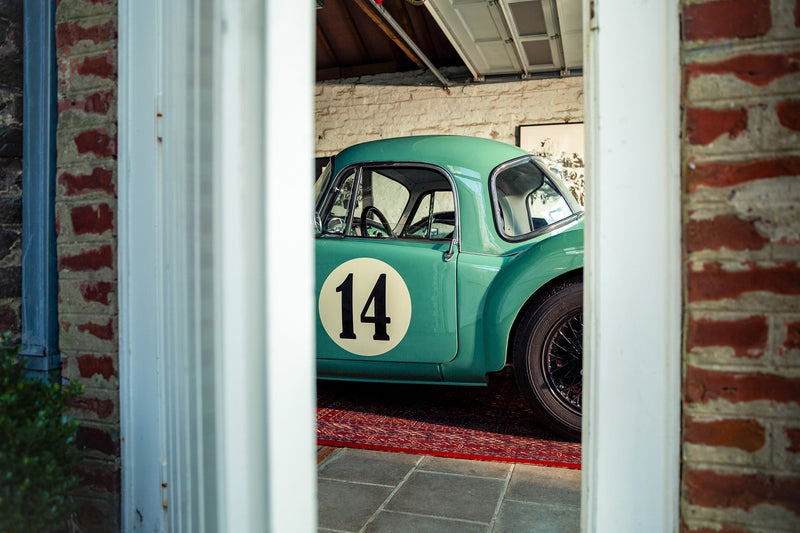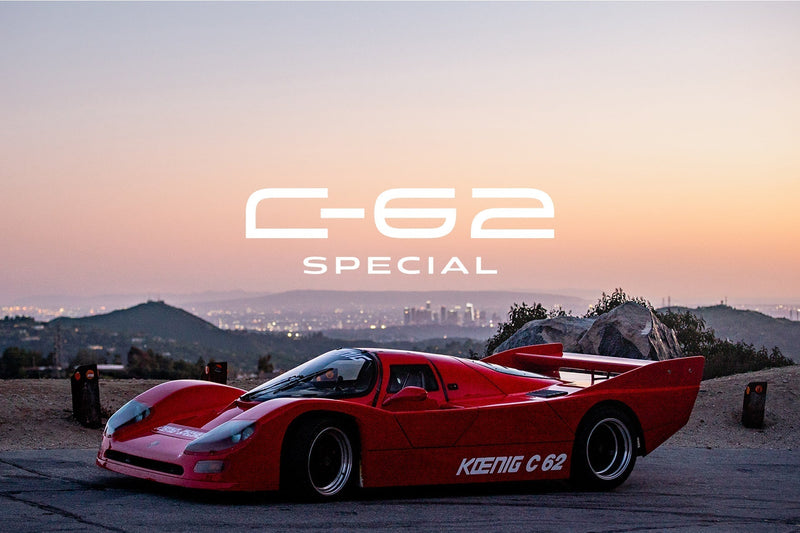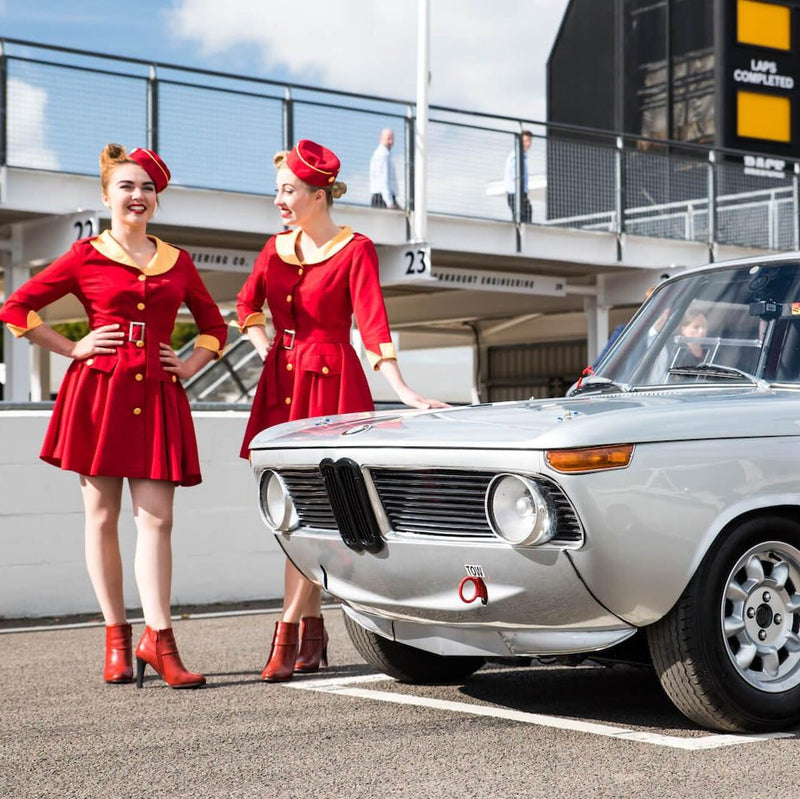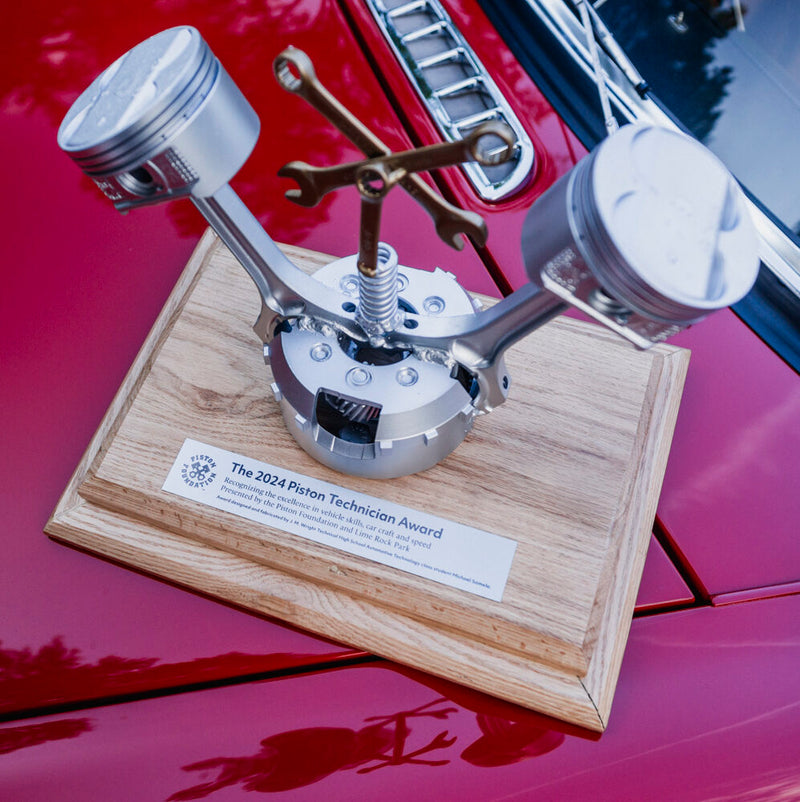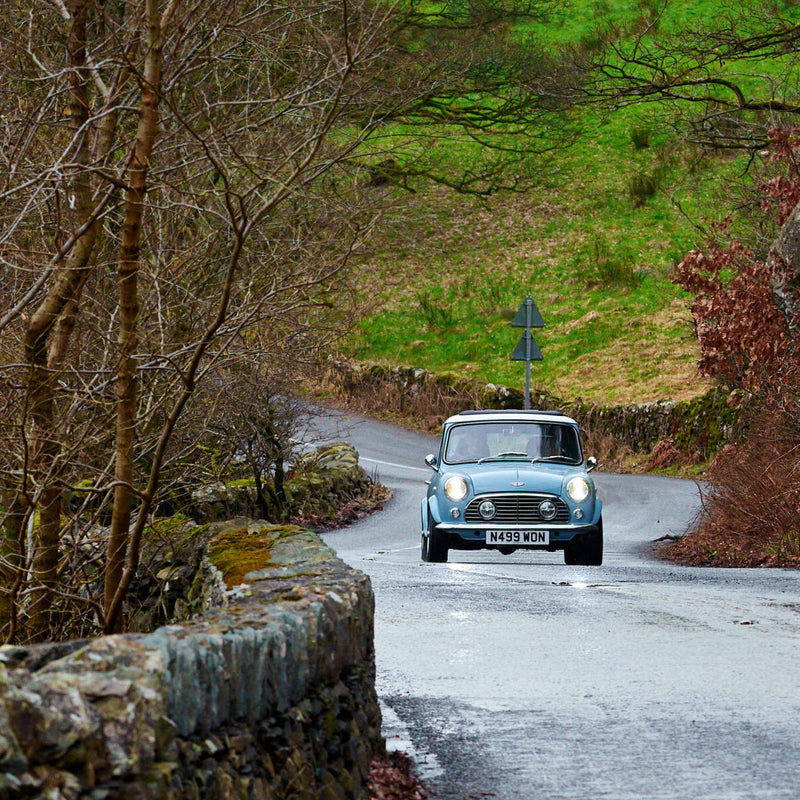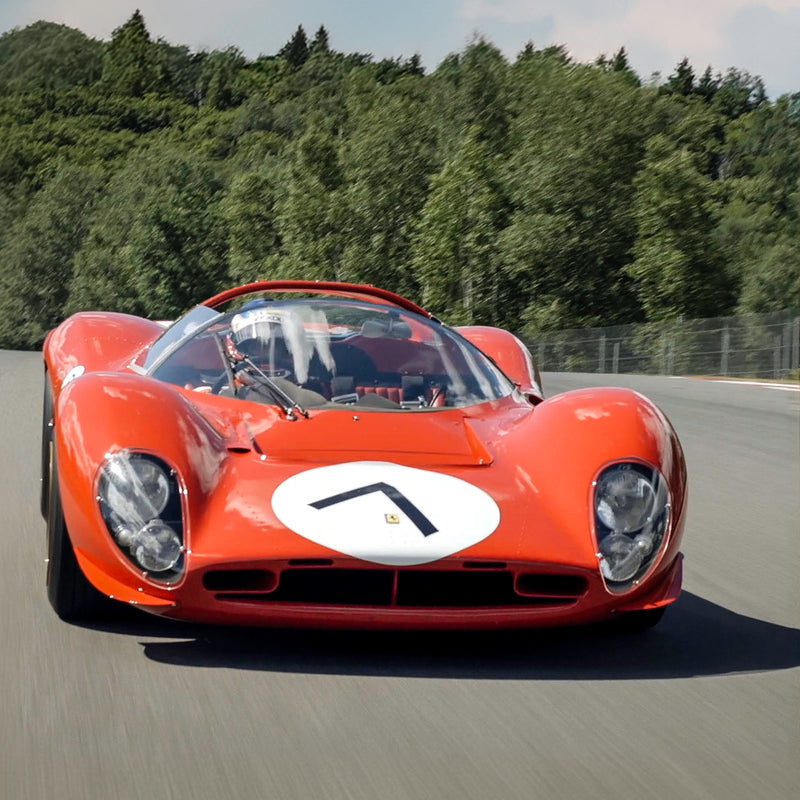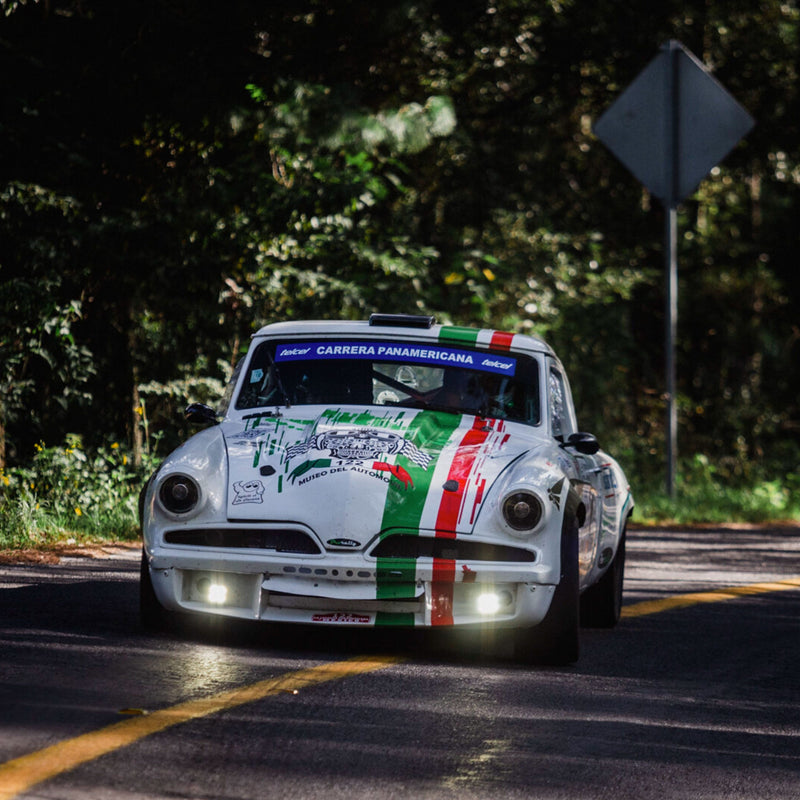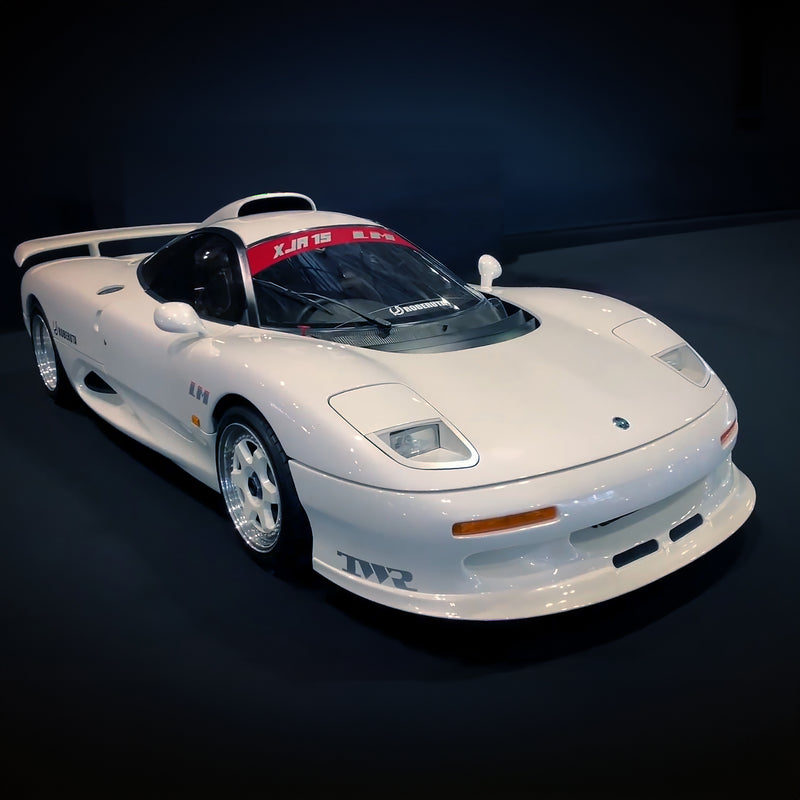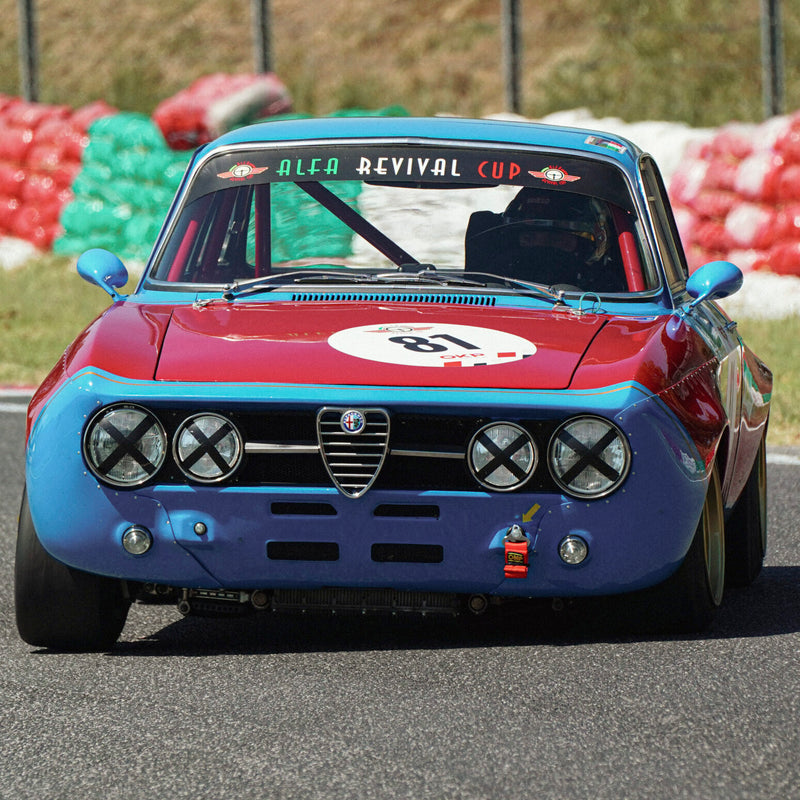Dallara, both the company and its eponymous founder, is no stranger to racing. The Italian chassis manufacturer has competed successfully in various formulas and classes of motorsport since 1972, with a few worthy road car work contracted out in between. And since the early 1990s, the company has held a near-monopoly on F3 chassis production, but throughout its history Dallara has also found success in IndyCar, not as much in F1, and some recent bragging rights in Formula E. At the start of this century however, it was prototype endurance racing that was on the mind of the Italian constructor.
After three years of ably assisting first Toyota and then Audi with the development and production of their Le Mans prototypes, 2001 saw the company committing to producing their own LMP900 class machine, chiefly to supply to customer teams. This would be the start of the car that would become known as the Dallara SP1. Early in its history, Chrysler was involved using the still in-development SP1 as the basis for its newly focused prototype racing efforts, with these early cars becoming known as Chrysler LMPs, which were powered by 6.0L Mopar V8s. Chrysler’s involvement would last no longer than the end of the 2001 season however, as despite a strong finish at that year’s Le Mans, they no longer saw the prototype program as being worth it.






Though a major manufacturer pulling out of a development program could on the face of it seem problematic, it thankfully wasn’t the end of the story for the SP1—after all, the car had originally been developed as a machine to be used by customer teams, and although Chrysler had removed themselves from the equation, Chrysler’s partner ORECA, stepped in to run the SP1 in 2002. Albeit with a Judd V10 power plant in place of the V8.




That car bore more than a passing resemblance to the original design sketches of the SP1, and with some alterations and continued development, ORECA hoped to be able to take the fight to the Audis. The ORECA car had a carbon fiber and aluminum monocoque housing its mid-mounted V10, and a curb weight of just over 900kg. Although it was nothing remarkable compared to the R8, it borrowed from Dallara’s experience of working alongside Audi on the R8 prototypes, and it was no slouch. Under the shell there was nothing groundbreaking, but the aerodynamics of the car took a different route to the Audis, the somewhat more bulbous nose of the SP1 being the most obvious difference, which was designed to deflect more air into the body-mounted air intakes. The nose also included the first use of multiple dive planes, and other areas of the body featured curved elements to similar effect.




The car ran close to the Audis at Le Mans in 2002, the machines dicing it up in qualifying. But over the distance of the full-day race, the more vulnerable Judd engine couldn’t be run at the same levels as the Audi units while maintaining enough reliability to finish. Just as so many other competitors who tried to topple the German manufacturers in that period, it could not simultaneously match the reliability and the raw pace of the R8. Whilst the Dallara was competitive, but not a winner at Le Mans, over in the States it would take its first victory under the Doran racing banner at the 2002 24 Hours of Daytona, in its debut. More wins would follow, and eventually the season was concluded with the SP1 taking the team to second in the championship.




Eventually the SP1 would end up as the test mule for Nissan’s dalliances with re-entering endurance racing, although this ultimately amounted to nothing. It almost perfectly sums up the SP1, as one of endurance racing’s great workhorses, something that might have been a winner if the funds were injected from a manufacturer, and indeed Gianpaolo Dallara still has a model of the car on his desk, perhaps to remind him of what might have been. Whatever the theorists might conjure up, one thing is certain: a smaller manufacturer took the fight to a huge factory team, and found some success along the way even if it didn’t topple the goliath. When you talk about being best of the rest in comparison to the might Audi R8 and the works Bentleys (*cough* Audis) of the period, the SP1 was no small achievement for Dallara.













